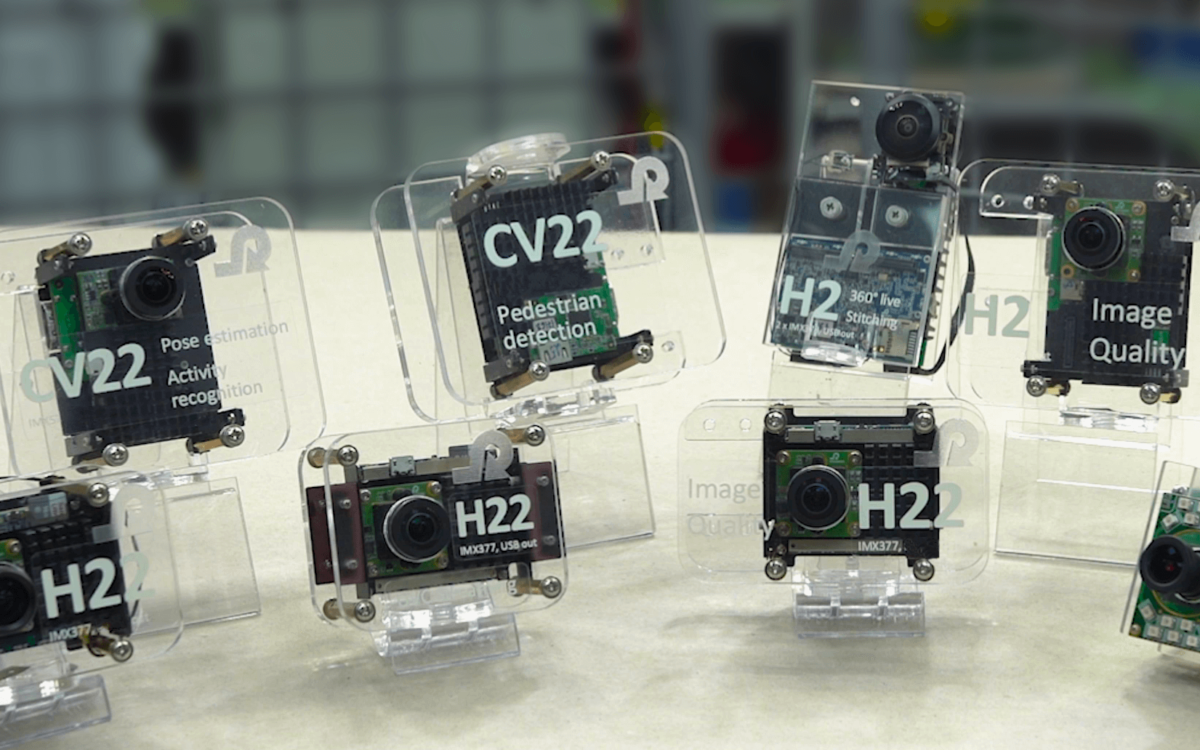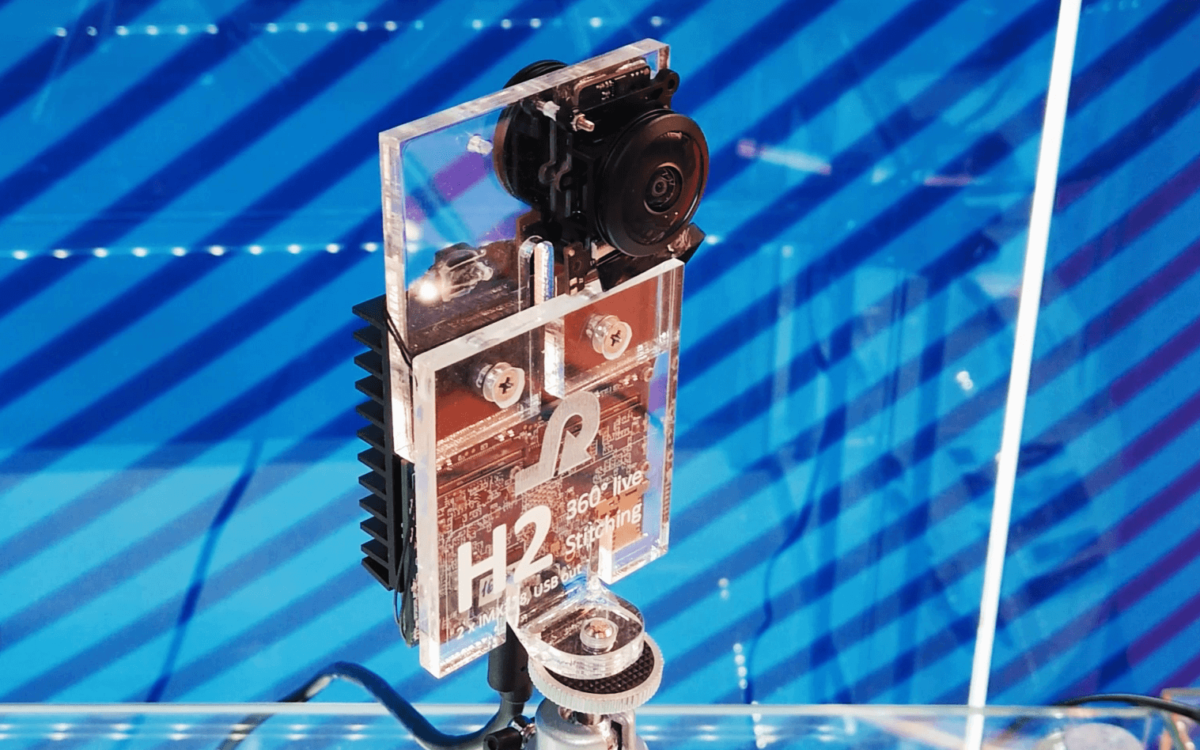The Power of Camera Design in Unleashing CV Accuracy
In the rapidly evolving domain of Computer Vision (CV), where machines interpret and understand visual data, accuracy is paramount. Whether it's autonomous vehicles navigating complex roadways, robots performing intricate tasks or industrial systems inspecting products with precision, the ability to 'see' and interpret visual data can be a game-changer. But what often goes unnoticed is the vital role of camera. In this article, we delve into a few very important factors of camera design and how they play a pivotal role in unleashing CV accuracy.
Resolution Matters
At the heart of camera design is the choice of image sensor. The resolution of this sensor sets the stage for CV accuracy. Higher resolution allows for finer detail capture, essential for tasks such as facial recognition or detecting small defects in manufacturing. However, it's important to note that the other side of high resolution can influence the speed of video processing. Thus, striking the right balance and choosing the optimal resolution becomes imperative in designing efficient CV systems.

Rhonda System-on-Module designs based on Ambarella SoC platforms
Dynamic Range
Real-world scenarios are rarely lit uniformly. Cameras designed for CV must be capable of handling a wide range of lighting conditions, from glaring sunlight to dimly lit indoor, very tight, narrow or pressure impacted environments. The dynamic range of a camera, the ability to capture both dark and bright regions in a single shot, is crucial. Proper Sensor selection ensures that critical details are not lost in shadows or blown out by excessive light.
Frame Rate and Real-Time Processing
CV often operates in dynamic, fast-paced environments. Consider autonomous vehicles navigating through traffic or robots responding to real-time changes in their surroundings. Here, frame rate matters. High-speed cameras capture fast-moving objects with precision, while real-time processing ensures rapid decision-making, a necessity for safety-critical applications.
Low-Light Performance
In scenarios where lighting is less than ideal, such as nighttime surveillance or medical imaging, low-light performance becomes essential. Specialized camera designs, use of infrared emitters, can capture valuable data beyond the spectrum of visible light, ensuring that CV algorithms have the necessary information to work accurately.
Lens Quality and Selection
While sensors are critical, the quality of the lens and the calibration of the camera cannot be overlooked. The careful selection of sensors and optics is paramount for achieving high image quality. In other words, it could lead to inaccuracies impacting the precision of measurements.
Multi-Sensor Fusion
In many CV applications, using multiple sensors in tandem enhances accuracy. This synergy is carefully orchestrated in camera design to enable more precise and reliable data fusion.

Multi-sensor camera design by Rhonda Software for 360° live stitching
Hardware and Software Acceleration
Modern camera designs incorporate dedicated hardware acceleration and advanced software algorithms, which work in tandem and help level up the processing of complex visual data, supporting real-time decision-making in applications like object recognition and tracking.
The accuracy of CV systems relies heavily on the capabilities of camera design. At Rhonda Software, we understand the intricacies of camera design and the critical role it plays in the world of Computer Vision. We specialize in providing camera design services that cover all aspects, ensuring the development of a robust platform for accurate CV work. Our expertise encompass image quality tuning, resolution optimization, complex multi-sensor system development among many others. Our designs are based on Ambarella SoC CVflow® engine and created to unlock the true potential of Computer Vision accuracy as well as obtain superior quality platform for smart vision system.
Learn more about Ambarella-based camera development that will enable you to achieve peak performance and precision in CV applications.

